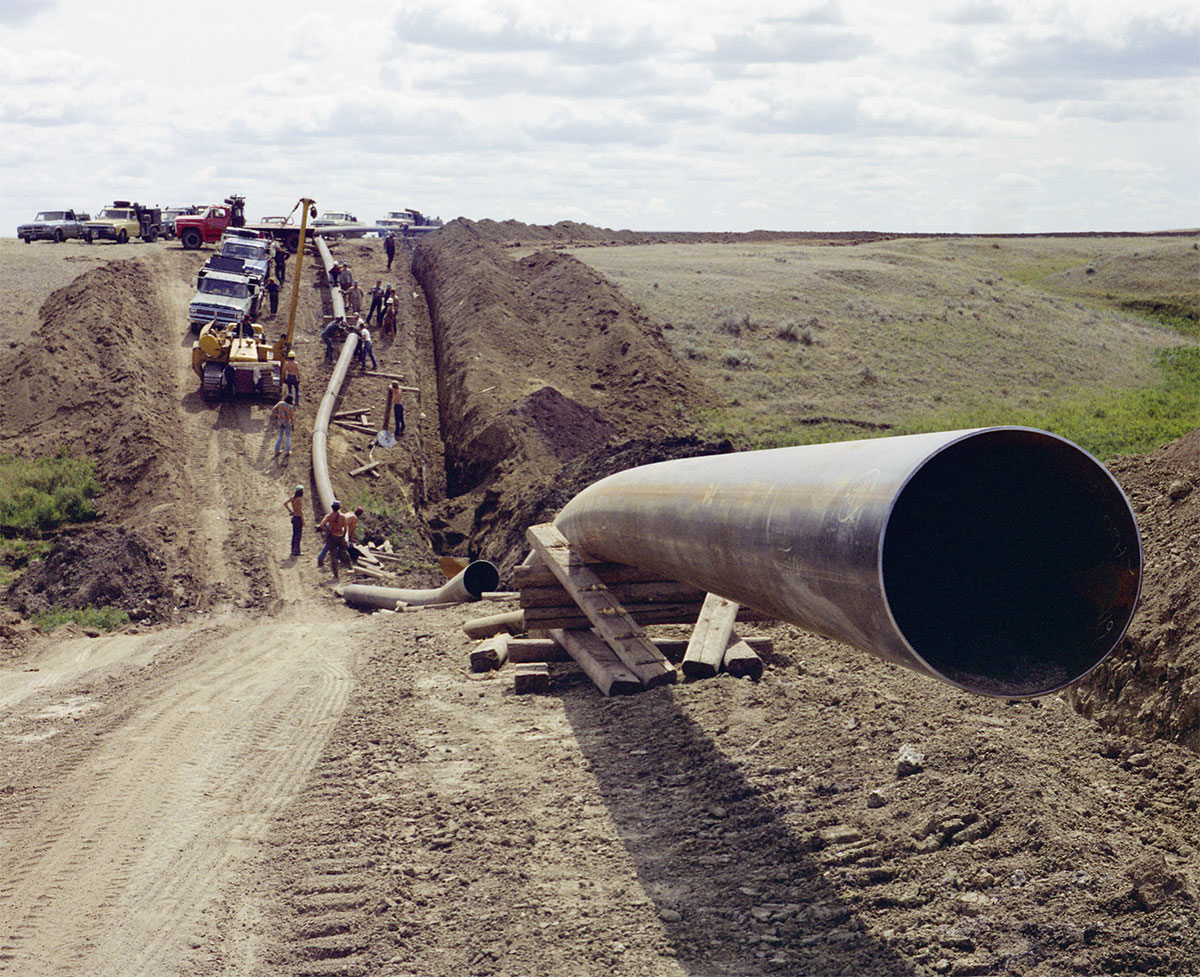The new pipeline safety regulation 192.607 defines populations as “similar segments of pipe for each combination of the following material properties and attributes: nominal wall thickness, grade, manufacturing process, pipe manufacturing dates, and construction dates.” Populations enable operators to apply material tests (for pipe grade, nominal wall thickness, etc.) to segments, even if those segments were not directly tested. It’s beneficial to optimize the number of populations, because a given number of material tests can apply to similar pipe. For example, suppose an operator has ten segments in a population, not necessarily contiguous, with the total population mileage of 2.3 miles. The required number of tests is 3 (2.3 rounded up) for the entire population to be verified. If the total population mileage is over 150 miles, the required number of tests is capped at 150.
If a segment has no TVC (Traceable, Verifiable, Complete) documentation of wall thickness, grade, or manufacturing process, non-TVC documentation (e.g. engineering design, GIS) can be used as necessary. In fact, the language on conflicts (to be discussed in another post) requires operators to do so. If an attribute (grade, wall, manufacturing process) is completely unknown, a test will be required to verify it.
PHMSA doesn’t specify in the code. Most operators will likely define categories based on seam type such as low frequency ERW, high frequency ERW, DSAW, lap weld, butt weld, flash weld, seamless, etc.
Section 192.607 includes special requirements for defining populations around date attributes: “If the dates between the manufacture or construction of the pipeline segments exceeds 2 years, those segments cannot be considered as the same vintage for the purpose of defining a population under this section.” The two-year window is up to the operator. By strategically selecting the windows based on actual manufacture and construction dates of the pipeline, an operator may be able to reduce the number of populations. If the date of manufacture is unknown, which is likely for many older pipelines, a reasonable assumption would be one year prior to construction.
Structural Integrity’s software solution, Material Verification Intelligence, automatically determines optimal populations based on pipe segment data that you provide.
 Learn more about MVI: Product Tour
Learn more about MVI: Product Tour
Interested in outsourcing the material testing program? Our experts collect non-destructive or destructive material testing data and enter it directly into the database, eliminating wait time from manual reporting for results.
